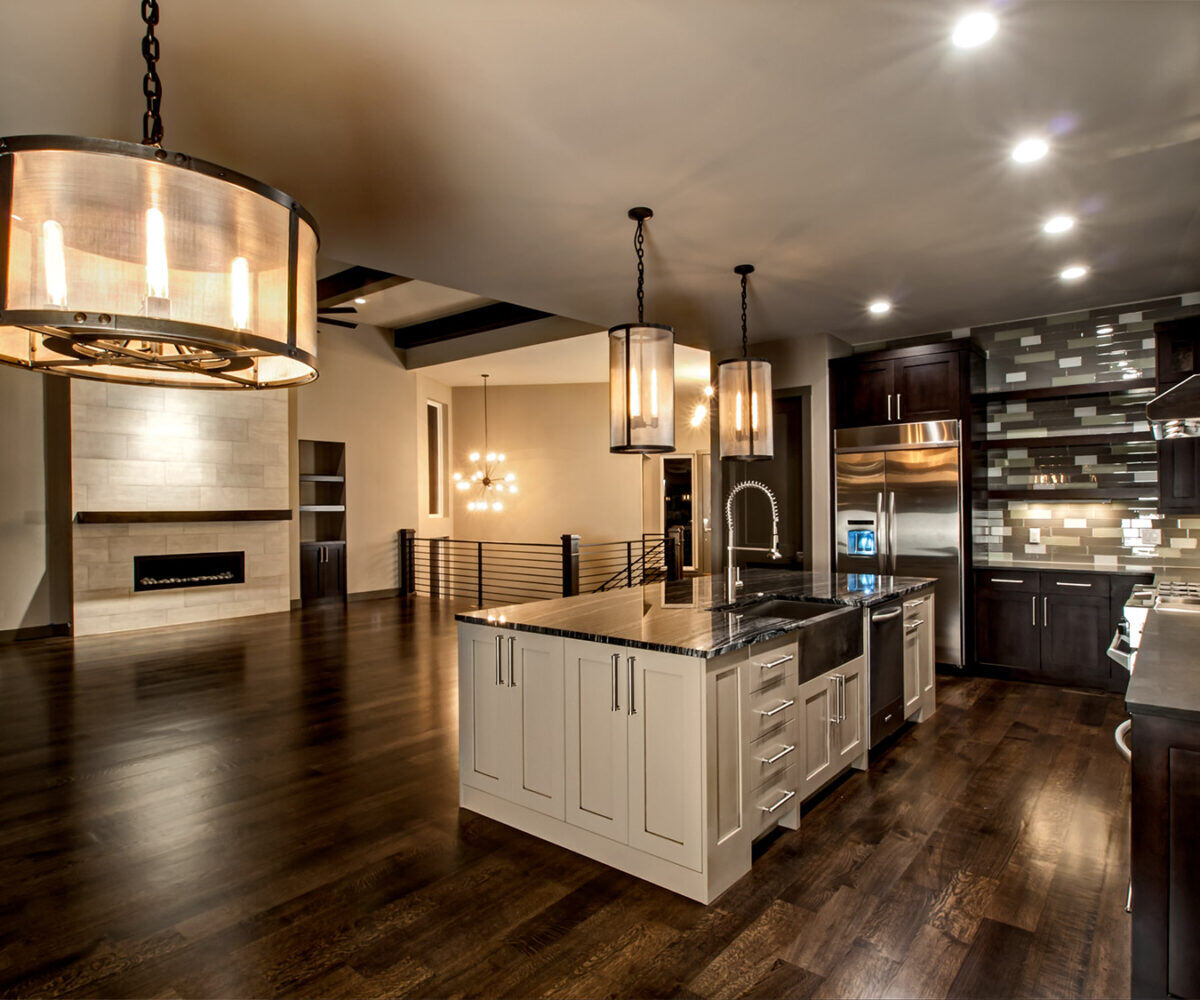10 Ways to Conserve Energy & Save Money this Winter

Baby, it’s cold outside!
It’s that time of year in Colorado when you can go to bed at the end of a 65-degree day thinking that Spring may just be around the corner, and wake up to three feet of snow the next morning. One day you’re wearing flip flops and the next you’ve got on shearling boots! Welcome to the Front Range, where dramatic swings in temperature can take a toll on your home’s furnace, and consequently affect your heating bill. What can you do to conserve energy in your home and keep some money in your pocket?
Start by reviewing these ten simple tips.
You may be surprised how small and simple changes can lower your energy bill.
1. Set the thermostat to 68-70 degrees
Every degree you lower the heat setting in the 60-70 degree range results in 5% energy savings. Lowering the temperature to 55 degrees overnight or when you are away for extended periods produces even greater savings (5-20% of your heating costs).
2. Switch the central heating unit to “auto” rather than “on”
No need to have the furnace running constantly! By using the auto setting, the furnace only kicks on when the temperature in the house falls below the predetermined set point, thus maintaining a more constant, well-regulated temperature throughout the home.
3. Install a programmable thermostat on an inside wall
Perhaps the easiest, most efficacious and convenient of all the options listed here is the installation of a programmable thermostat. Found in most any hardware store, a programmable thermostat allows you to customize automatic times of temperature increases and decreases in the home. You’ll never have to wake up to a freezing-cold house again, nor will you wake up halfway through the night in a sweat because you forgot to turn down the heat before you went to bed. Install the thermostat on an inside wall of the home, away from possible drafts.
4. Use ceiling fans
Though it seems a bit counter-intuitive to use a fan in the winter, running ceiling fans in the reverse direction forces warm air back down to the floor. Most fans have a reserve direction setting.
5. Keep registers unblocked
Make a quick assessment of each room in your home to verify that the heat registers are not blocked by furniture.
6. Open blinds or curtains
For south-facing rooms with windows, open blinds and window coverings to allow the warmth of the sun into the room by day.
7. Check furnace filters
Replacing and/or cleaning furnace filters as recommended is one of the easiest ways to gain greater efficiency from your HVAC system.
8. Reduce the hot water temperature to 120 degrees
Less energy is required to heat the water to this temperature, and less risk associated with possible scalding burns.
9. Seal up potential leaks
Check around windows and doors for air leakage and seal with weather stripping or caulk,
10. Close wood-burning fireplace damper when not in use
The fireplace damper on a chimney allows air into (and out of) the home, so closing it when not in use makes sense. Gas fireplaces, however, have dampers that are fused permanently open to protect against the possibility of accumulation of carbon monoxide fumes in the home.
/Sheffield_Logo_Horizontal_Reversed.png)


